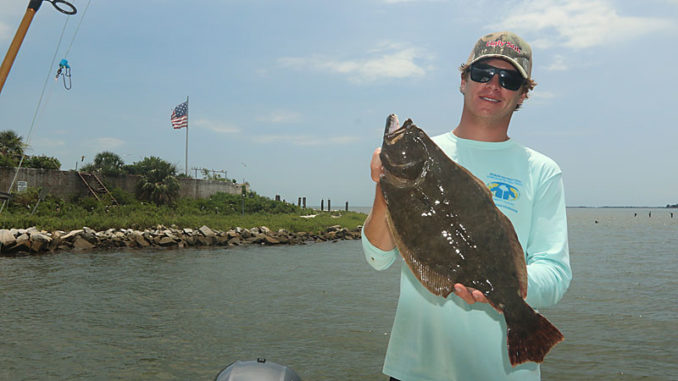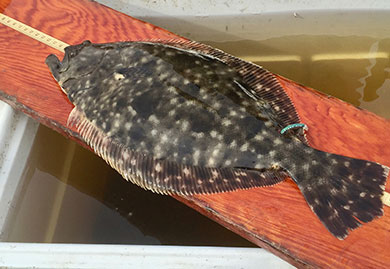
Patience is the key for flounder stocking program
In 2021, South Carolina lawmakers saw fit to fund the SCDNR’s flounder stocking program. Flounder, as popular as they are among anglers and restaurant-goers, have become one of the most controversial fish in the sea. North Carolina’s extremely short recreational seasons of the past two years have been hugely successful, leaving some anglers wondering if the species is even in trouble at all.
South Carolina hasn’t taken such drastic measures as the Old North State, but they did lower the daily creel limit, increase the minimum size limit, and increase saltwater fishing license fees to help fund the state’s stocking program. Will it work? It remains to be seen, but one thing going for it is the vast experience the SCDNR has in stocking fish — including saltwater fish.
Challenging task
In the past 30 years, the agency has raised and released more than 30 million juvenile redfish into the state’s inshore waters. And by most accounts, the redfish population is one of the healthiest in the Carolinas. It stands to reason that the stocking program has helped.

Flounder, according to fisheries biologists, are a bit more difficult to raise than most other fish. But Dr. Aaron Watson, SCDNR associate marine scientist, said it’s a challenge that’s worthwhile, and one the agency is looking forward to taking on.
Luckily, it’s not an entirely new idea. Texas has had a flounder stocking program for years, and is sharing their findings and challenges with their South Carolina counterparts.
“We’re excited to visit facilities that are in current production and learn from folks that have had to deal with and overcome many of the challenges we will face here in South Carolina,” said Watson.
Fisheries biologists have also gathered genetic samples of flounder from across the southeast. And the state’s fish hatchery facilities are being retrofitted for the specific needs of a flounder stocking program.
Because flounder are bottom dwellers, one of the biggest challenges biologists face is having enough space. But that’s an easy — although expensive — fix. Other challenges that aren’t so easy to fix include the relatively short life span of flounder, as well as their sensitivity to water temperatures in the first few months of their lives.
Because fish observe no state line boundaries, the program should benefit North Carolina anglers as well. It’s not a quick fix though, so anglers should remain patient. The first 3 to 4 years of the program will be largely research. The first actual stockings will take place in year five.



Be the first to comment